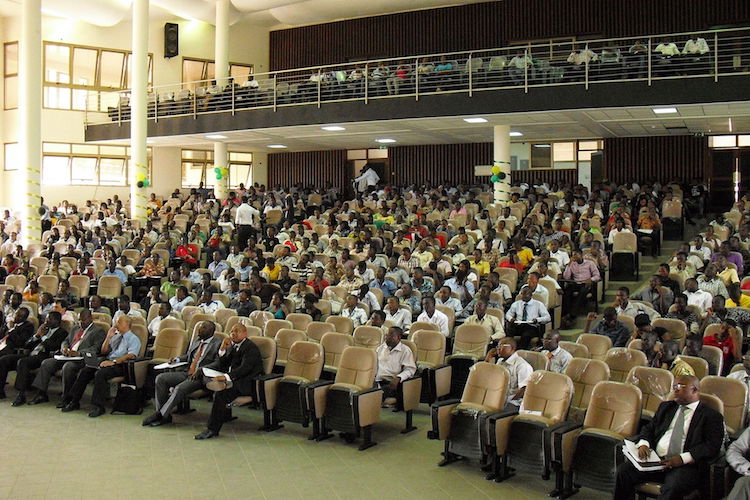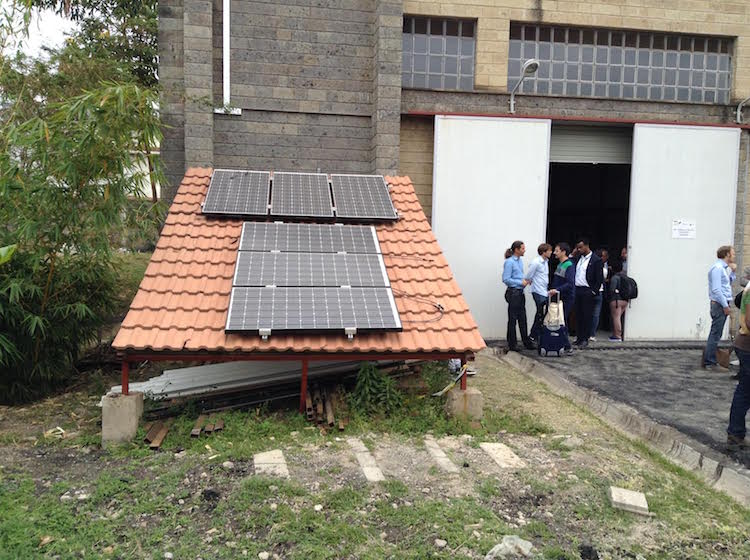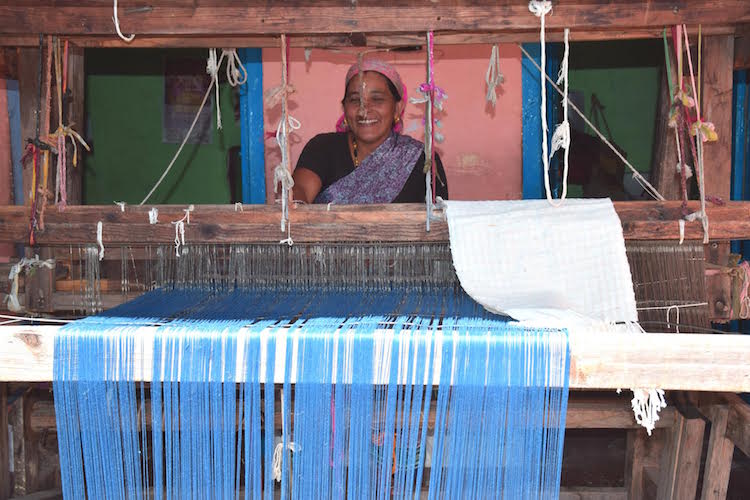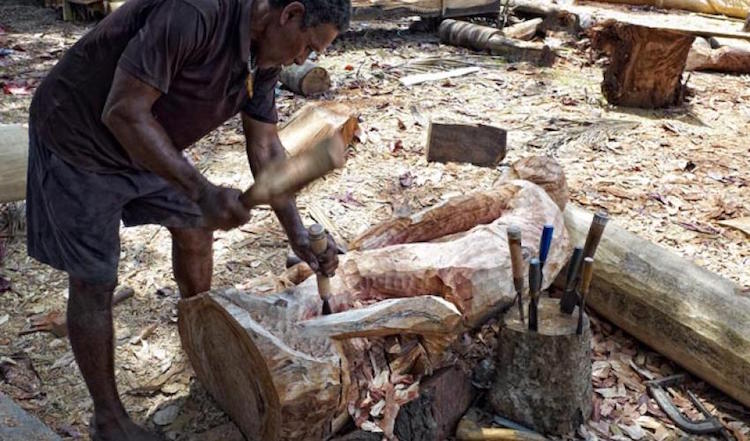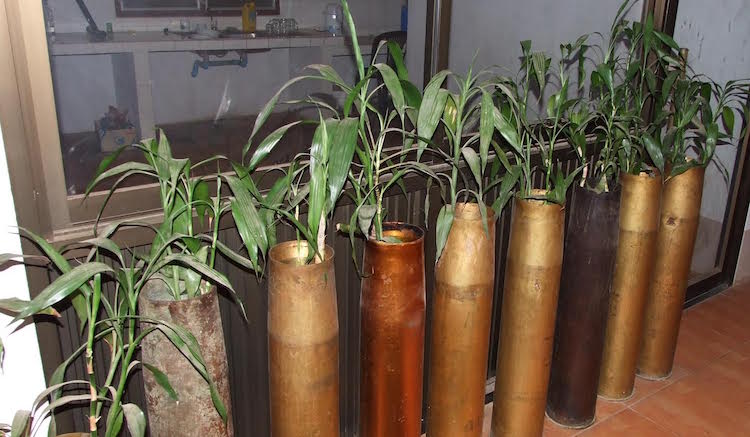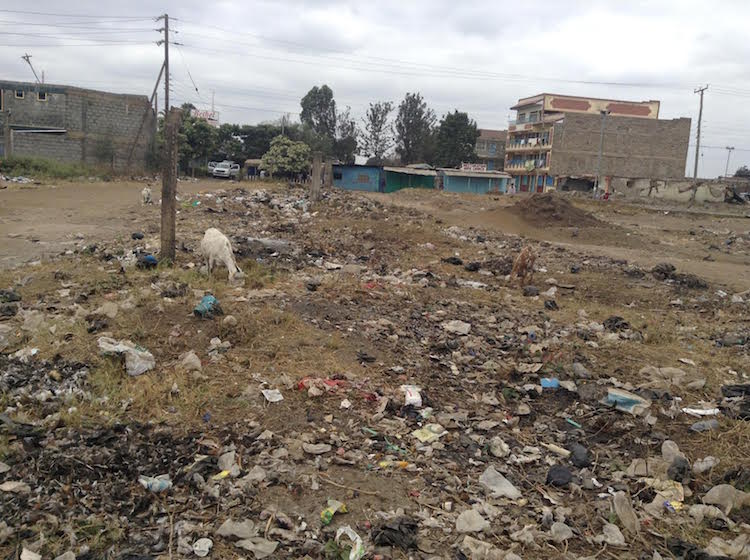By J Nastranis
NEW YORK (IDN) – A Fellowship Program will fund 69 new projects at African universities in the coming months, bringing 52 professors and scholars from universities in the U.S. and Canada to universities in Ghana, Kenya, Nigeria, South Africa, Tanzania and Uganda as visiting Fellows.
Together, the teams will develop curricula, conduct research, teach graduate students, and train and mentor students and professors in priority areas that were proposed by the African universities. The program is also accepting new applications from host universities and diaspora scholars for projects to be conducted in 2017. Deadline is December 8.

